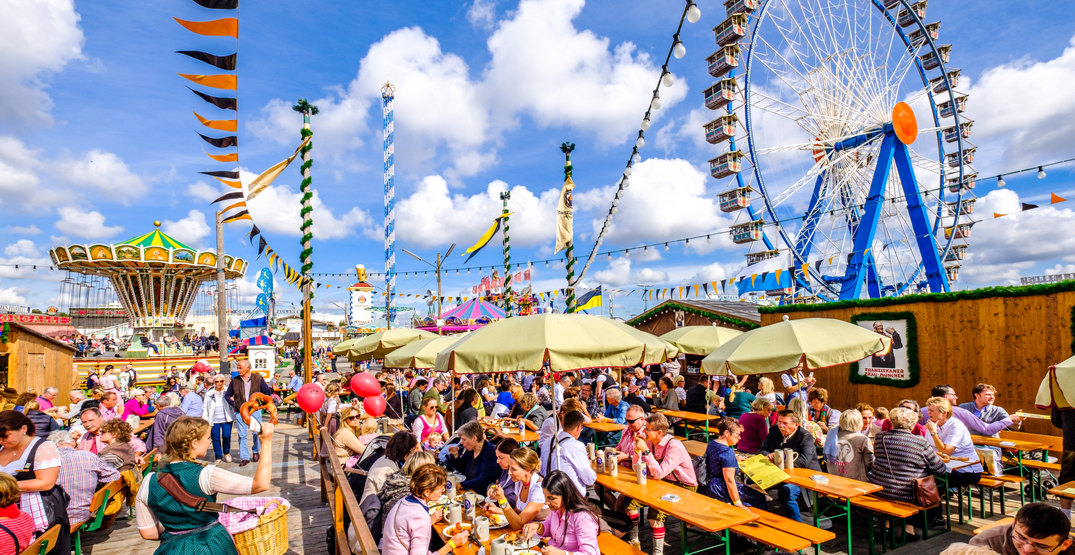You may have heard about the charisma and joy of the Oktoberfest festival in Munich and finally planned to travel to Germany to enjoy it with your family. But wait, do you know that Oktoberfest celebrations are only complete with traditional dirndls and lederhosen?
So here is a step-by-step guide to wearing traditional outfits for the Oktoberfest festival.
What is Oktoberfest?
Oktoberfest is a spectacular annual festival held in Munich, Germany. It attracts millions of tourists from all around the world every year.
History reveals that the first Oktoberfest was held in 1810. It was a celebration of Princess Therese of Sachsen’s marriage to Crown Prince Ludwig of Bavaria. This festival lasted five days. It grew into a two-week festival with a parade, large beer halls, amusement rides, music, and dancing.
It was so fascinating and heartwarming that it captivated the participants’ minds. As the festival grew in length, the start date was pushed back into September, when the weather is usually better and the days are longer.
What to wear for Oktoberfest Festival?
If you’re going to Oktoberfest this year, next year, or in the distant future, you must dress for the Wiesn. It is not mandatory, but wearing it adds to the fun of the event. Both locals and tourists are dressed in Oktoberfest outfits.
For a woman, a dirndl is a sleeveless dress with a blouse underneath and an apron around the waist.
Men wear lederhosen. Lederhosen means “leather pants” in German. It’s classic leather pants with embroidery and suspenders, usually worn with a plaid or white shirt.
Anatomy of Traditional Dirndl
Let’s discuss the different parts of the traditional dirndl
Dirndl Bodice:
From the waist up, this is the top of the traditional dirndl. It is closed with a zipper or a button. The dirndl bodice is elaborated with styles, braids, trimming, ribbons, chains, and so on. Some people will embellish the bodice with pins or other accessories.
Drindl Skirt:
The skirt is often attached at the waist to the bodice. A full skirt with gathers or pleats is worn. Pockets can be found on some Dirndls. Dirndl skirts are available in a variety of lengths. The general rule is that your skirt should not be shorter than the tips of your fingers when your arms are down. Mid-calf is a traditional dirndl length.
Dirndl Apron:
The front of the skirt is draped with gathered or pleated fabric tied in a bow.
It’s important where you tie this bow! If you are single, tie the bow on the left side of your waist. If you’re in a relationship, tie it to the right. A virgin ties it in the middle, and a widow or a waitress ties it in the back. Simply choose right or left.
Dirndl Blouse:
The blouse, which is typically white or ivory, is worn underneath the dirndl. Black blouses are also available, as they grant a great look to your Oktoberfest outfit. These can be changed depending on the occasion, personal preference, or the weather. Some styles are intended to be worn without a blouse or with sleeves that are already attached, in which case the dirndl blouse is not required.
Accessories with traditional dirndl
The following accessories are worn with the Oktoberfest outfit to give it a modern look

- Bavarian Hats
- Tights or Socks
Pretzels, Cuckoo clocks. Beer Steins








